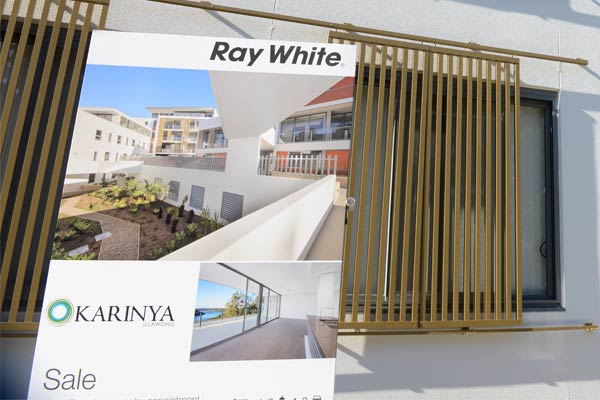Buying a strata-titled property can be a rewarding investment and a great place to live. However there are differences between purchasing an apartment connected to a strata scheme and buying an individual house. At Netstrata, we’ve put together this guide for first time buyers interested in signing up for a strata property. If you’re familiar with the scheme from the outset, you’ll prevent surprises and potential additional costs down the track.
In a strata property there are common areas that you’ll share with other members of the scheme or tenants renting an apartment in the building. These common areas, such as corridors, gardens, pools and gyms, are managed by the Owners Corporation. Everyone that owns a property in the building is automatically a member of the Owners Corporation. Therefore any suggestions regarding the common areas are decided as a majority through the Owners Corporation or the Strata Committee – no one member has the power to make changes without an agreement by everyone.
The funds for the maintenance and upkeep of these common areas comes from levies – which all members of the Owners Corporation are required to pay usually in quarterly intervals. These levies are not optional – if you are a member of the strata scheme, you are required to pay these levies.
If there is a requirement for emergency repairs to the common area and there aren’t sufficient funds to cover the repairs, then special levies may be required. Again, all members of the strata scheme will be required to cover these special levies.
At Netstrata, we advise all potential buyers to fully research the strata scheme so that you’re familiar with the financial situation of the Owners Corporation and the state of the buildings.
We recommend that you obtain two reports:
- A strata records report and
- A building inspection report
A strata records report covers such topics as the financial state of the Owners Corporation, management matters and past known building problems. This report will also document any major works that may have been planned or if any special levies have been placed on the owners.
A strata records report will tell you:
- What regular or special levies you’ll have to contribute.
- Whether there is any evidence of building or structural problems that may require further expense down the track.
- Whether or not the strata scheme has an adequate reserve of funds.
- Whether or not the strata scheme is adequately insured.
- If there has been a history of disharmony between owners.
- What the by-laws are regarding items such as renovation, refurbishment or pet ownership.
The Building Inspection Report according to the NSW Department of Fair Trading, “is a written account of the property’s condition. It will include any significant building defects or problems such as rising damp, movement in the walls (cracking), safety hazards or a faulty roof. It is usually carried out before you exchange sale contracts so you can identify problems which, if left unchecked, could prove costly to repair.”
In addition to the Inspection Report, you should also inspect the property thoroughly yourself. Go back several times to the open house to make sure that you’re familiar with the apartment.
If you have any questions on purchasing a strata-titled property, please contact your Strata Manager at Netstrata.
Related Posts

